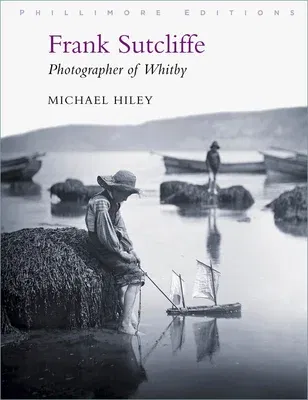Michael Hiley
(Author)Frank Sutcliffe: Photographer of Whitby (Second Edition, New)Paperback - Second Edition, New, 1 October 2022

Qty
1
Turbo
Ships in 2 - 3 days
Only 5 left
Free Delivery
Cash on Delivery
15 Days
Free Returns
Secure Checkout

Print Length
216 pages
Language
English
Publisher
Phillimore & Company
Date Published
1 Oct 2022
ISBN-10
1803990031
ISBN-13
9781803990033
Description
Product Details
Author:
Book Edition:
Second Edition, New
Book Format:
Paperback
Country of Origin:
US
Date Published:
1 October 2022
ISBN-10:
1803990031
ISBN-13:
9781803990033
Language:
English
Pages:
216
Publisher: